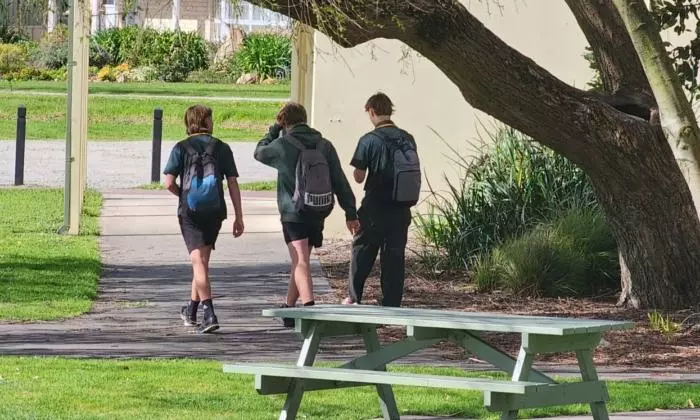In recent years, there has been a concerning decline in the understanding of civics education among students across Australia. This was highlighted during a Senate inquiry on May 23 by members of the Joint Standing Committee on Electoral Matters. The Australian Curriculum, Assessment and Reporting Authority (ACARA) conducts an assessment of Year Six and Year 10 students regarding civics and citizenship every three years, called NAP-CC.
The NAP-CC assessment covers various aspects, including Australia’s political and legal systems, federal system of government, liberal democratic values, and the nature of citizenship. A representative sample of students from public, catholic, and independent schools in metropolitan, rural, and remote regions is randomly selected for assessment each time. The NAP-CC assessment was disrupted during the COVID-19 pandemic when ACARA did not collect data.
According to the 2019 NAP-CC results, 53 percent of Year Six students achieved the proficient standard, which was down from 55 percent in 2016 but consistent with results between 2007 and 2013. In contrast, only 38 percent of Year 10 students reached or surpassed the proficient standard in 2019, indicating that many graduating high school students may not have a proper understanding of civics education.
ACARA’s Julie Birmingham acknowledged that there is room for improvement in NAP-CC results, but she noted that the assessment does not offer a comprehensive picture. The assessment only occurs every three years and is based on a small sample of students. Furthermore, the results can be influenced by various factors, including different participant groups and how questions are framed.
Despite these challenges, Birmingham believes that the education department can use the NAP-CC data as a foundation for improving civics education in schools. The revised national curriculum is being rolled out to provide a solid basis for teaching civics in primary school. Students start learning about civics and citizenship in Year Three, and this learning continues through their schooling until they reach Year Six, where it is integrated into the broader curriculum approach.
However, Birmingham noted that high schools face more significant challenges when implementing civics education due to varying state and territory teaching programs. While some states and territories have specific focus areas for their civics education, others may not prioritize this subject matter at different year levels. As a result, it may take time for states and territories to adapt new civics curriculums into practice and measure the impact on student learning.

